
Our Modular System
The regular inspection of underground gas pipelines serves to ensure the safety of the grid-based gas supply. For this purpose, the network is inspected above ground at fixed intervals as part of the pre-location process. With the entry into force of the EU Methane Regulation to reduce methane emissions in the energy sector, it is to be expected that the usual inspection intervals will most likely be halved. As a result, significantly more kilometres of gas pipelines will have to be inspected each year. Up to now, the pipeline inspections have mainly been carried out on foot, using hand-held measuring devices and corresponding probe technology. Due to the revision of DVGW regulation G 465-1 in 2019, other types of above-ground inspection are now also permitted now. With our modular system and the highly sensitive and selective gas detection & gas measuring device Laser HUNTER as the core element of the system, we offer you the possibility of carrying out the pre-location in different ways and thus maximum flexibility. Together with the Esders Pi NOTE software (GIS solution) you have the perfect assistants for a complete documentation and overview of grid data.
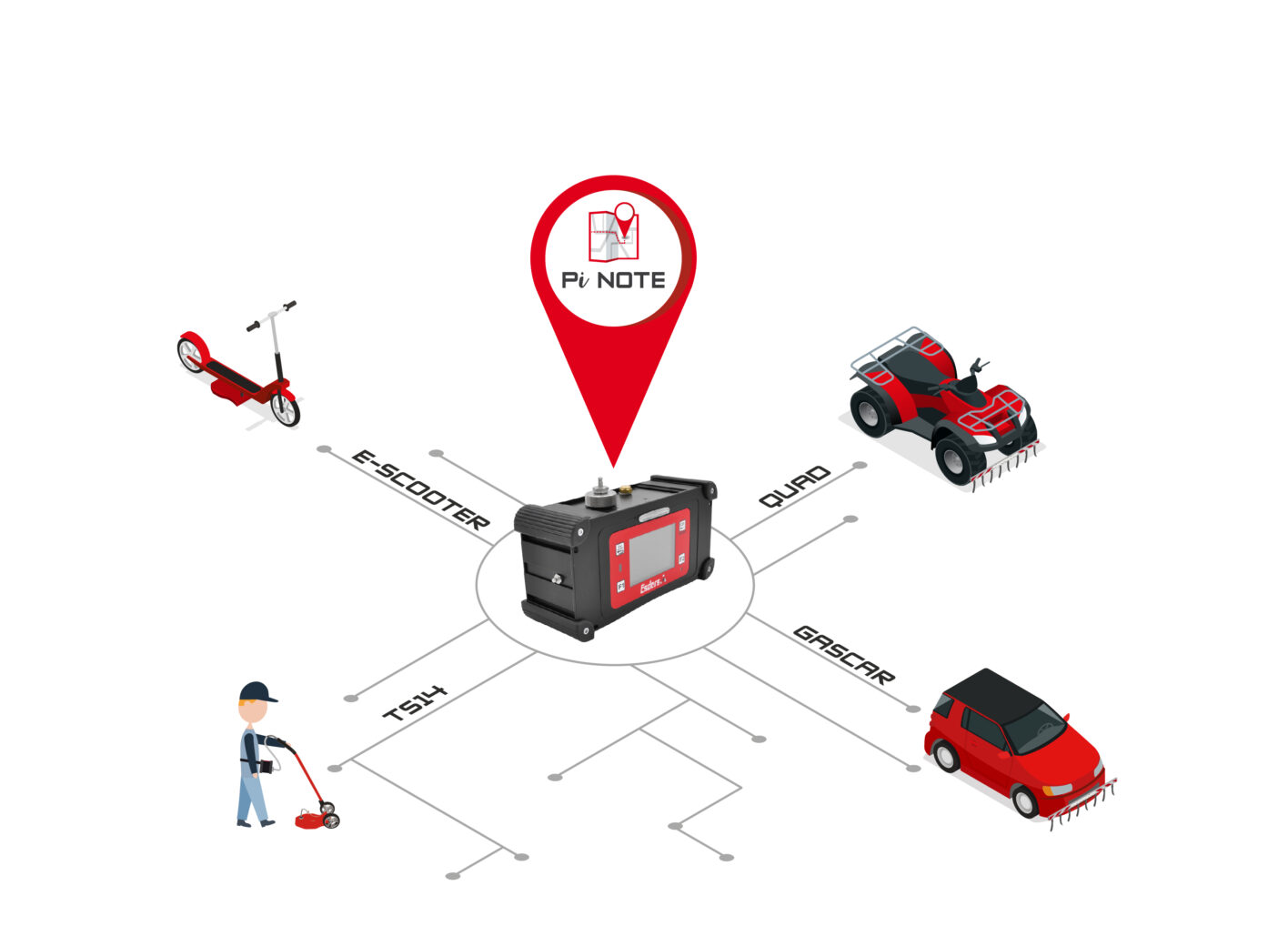
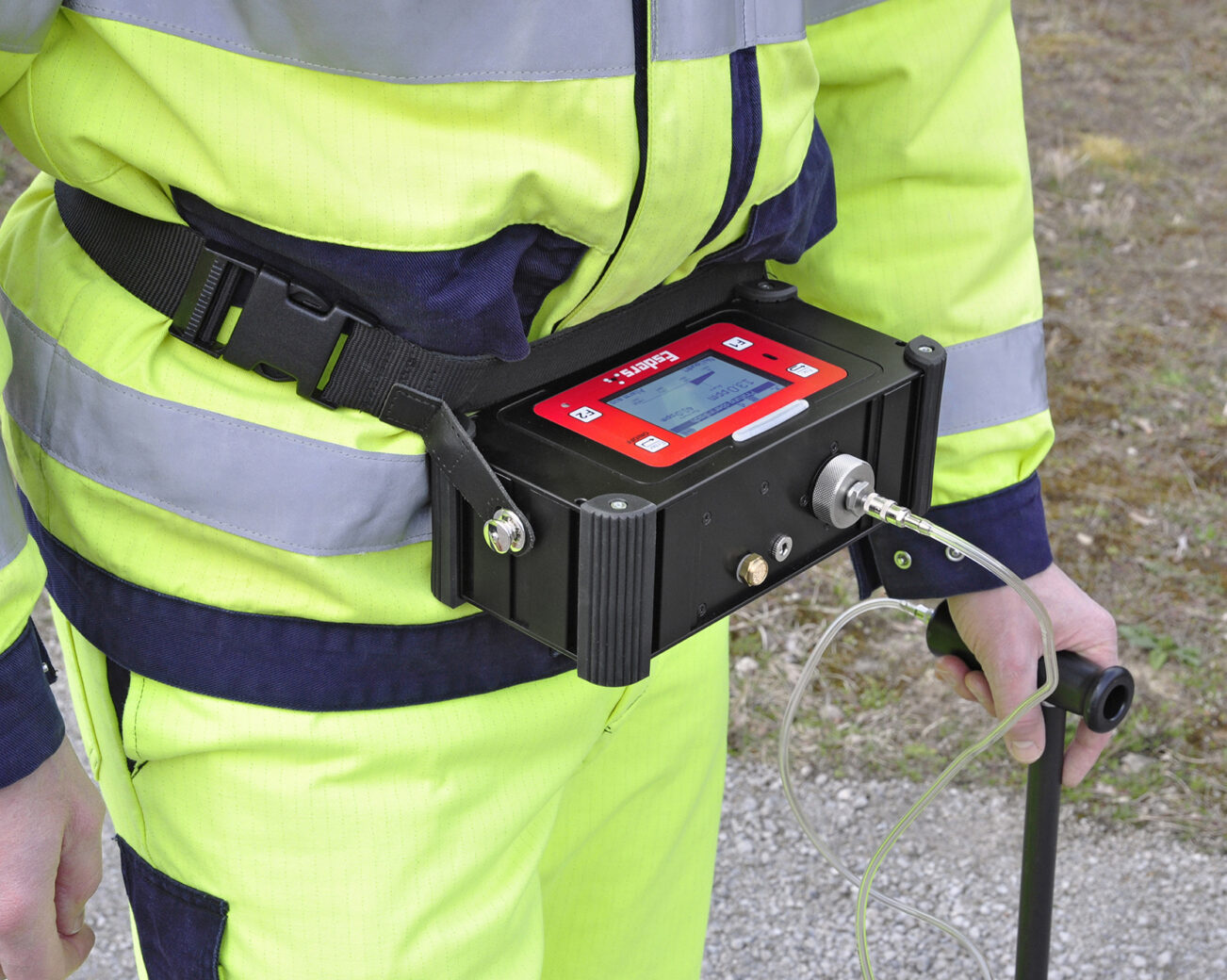
In the field of pre-location, the Laser HUNTER can be used as the core of our Modular System.
It’s a highly sensitive and selective gas detection device for the systematic pipe network inspection of buried gas pipelines. If desired, the device can be equipped with additional sensor technology to enable further applications in the course of pipe network inspections.
Via the classic pipe network inspection on foot it is possible to measure gas concentrations almost everywhere with the carpet or bell probe.
The carpet probe is connected directly to the Laser HUNTER via a hose and is ideal for use on even surfaces. On rough surfaces, the use of the bell probe is recommended, as in this way the suction of secondary air is significantly reduced this way.
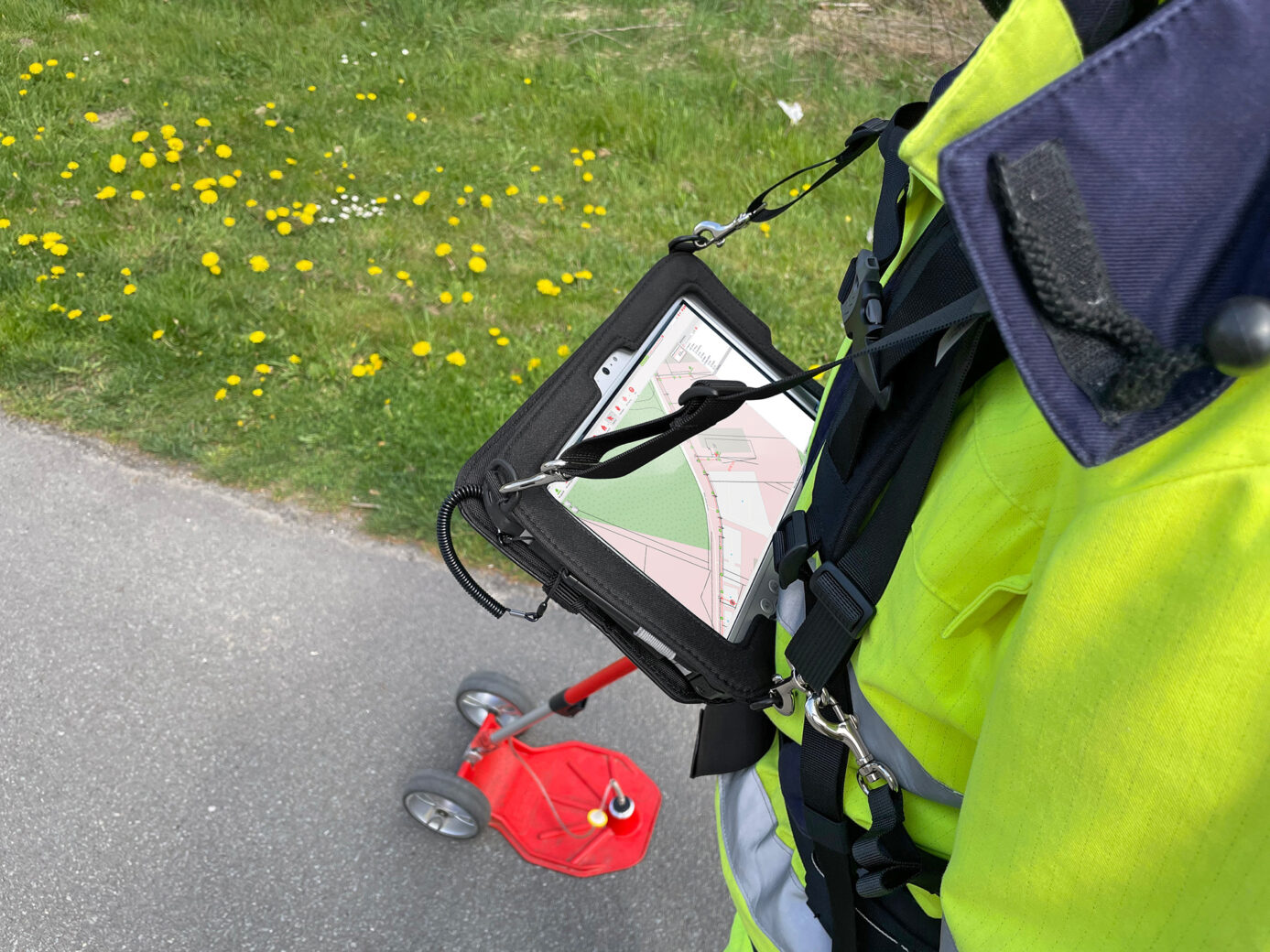
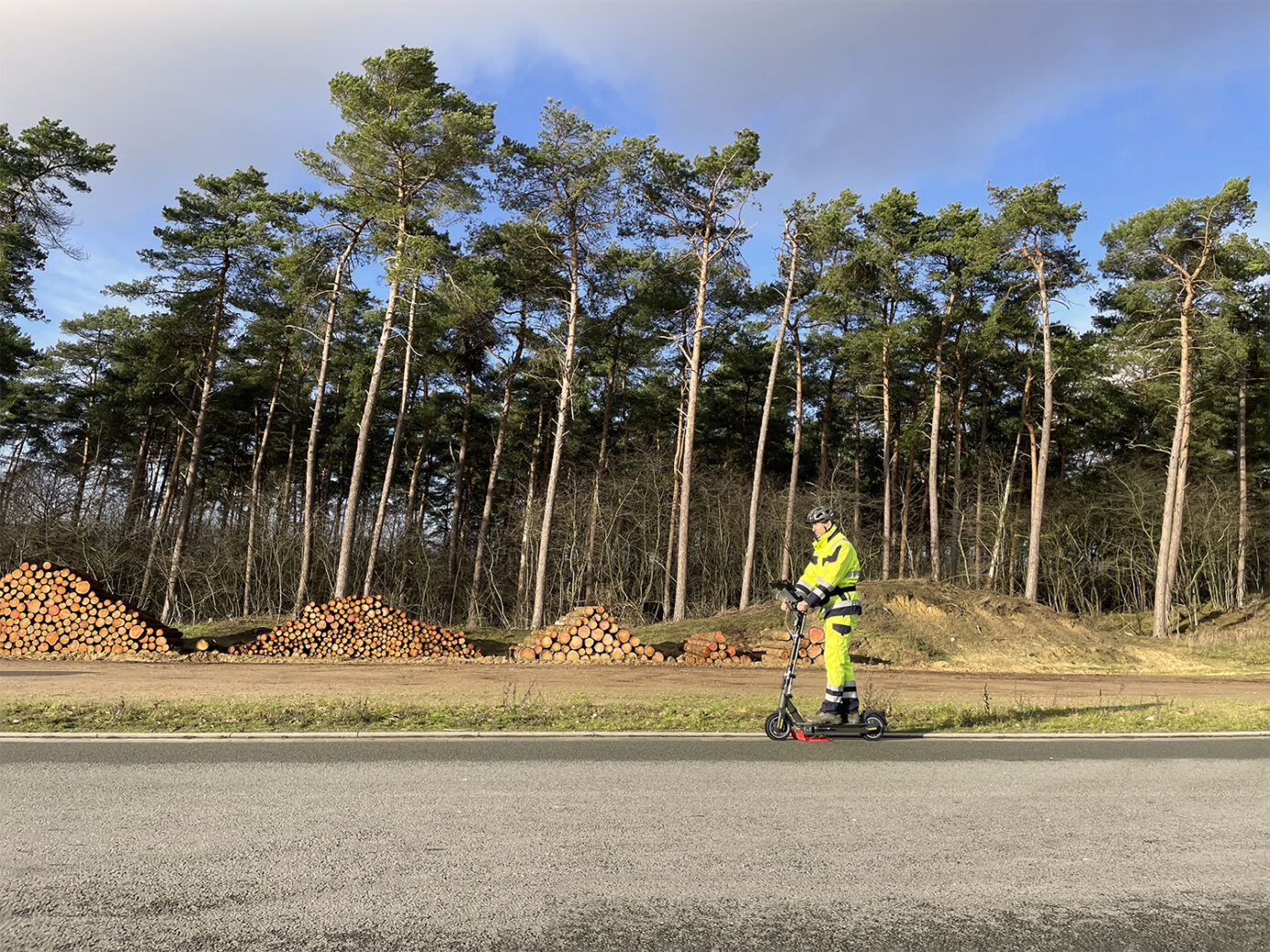
With an E-scooter, the Laser HUNTER can be used at higher speed in small narrower streets as well as on long distances (e.g. country roads).
A modified E-scooter is used for this purpose, which has a permanently mounted carpet probe on the frame of the scooter. For the greatest possible flexibility, a bell probe can also be carried along to check areas that are not easily accessible or even unaccessible.
In the case of vehicle-based testing with a car in accordance with DVGW G 465-1, gas pipelines are tested on large-area roads.
In addition to the Laser HUNTER, the pump unit for sucking in the gas flow forms the central unit of the GasCar Laser HUNTER. The gas flow reaches the measuring device via probes mounted on the front of the vehicle, where it is evaluated and the results are forwarded to a notebook with the appropriate software. Depending on the type, the gas intake and evaluation can be carried out for the entire front of the vehicle or separately for the left and right side of the vehicle.
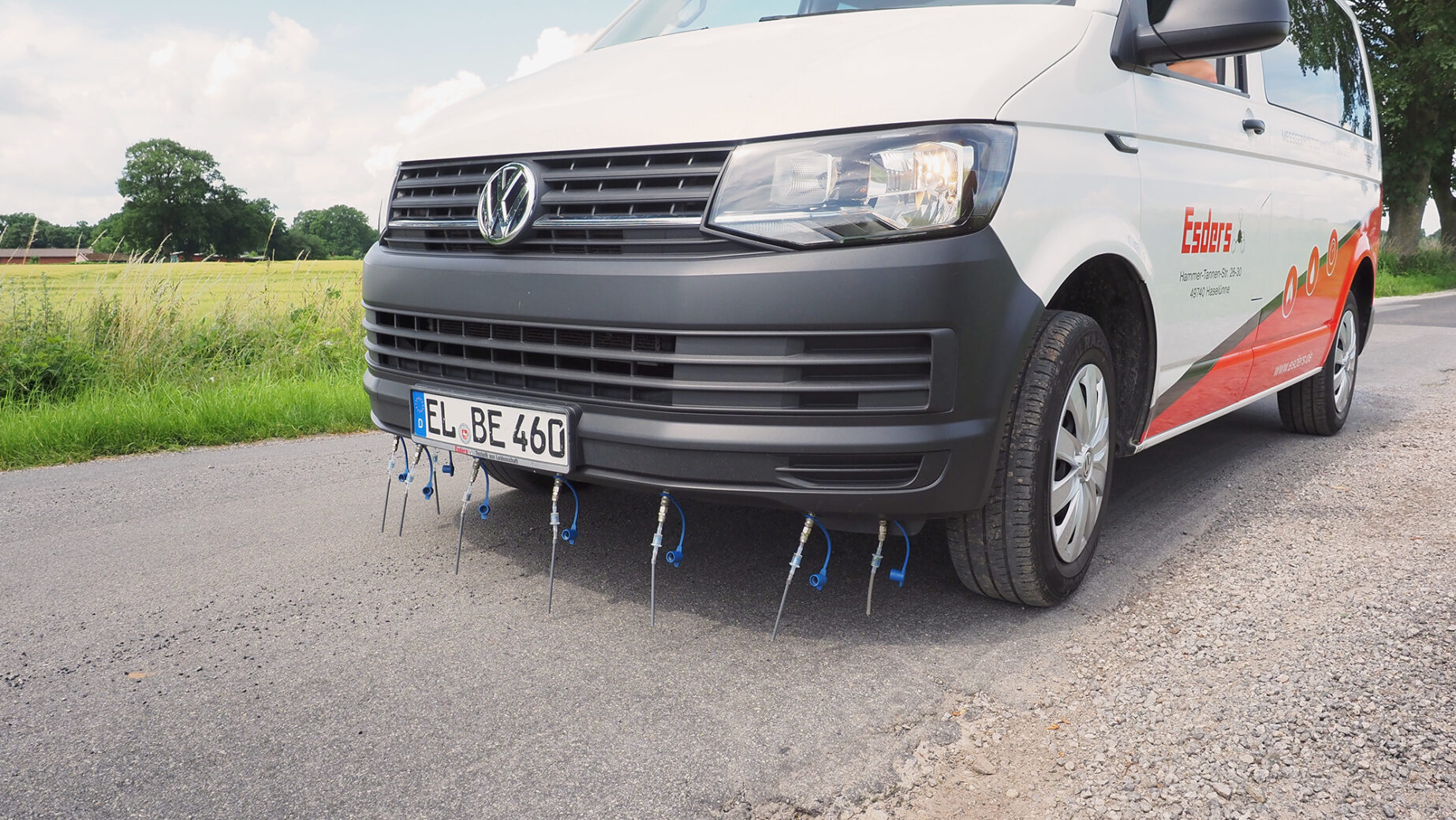
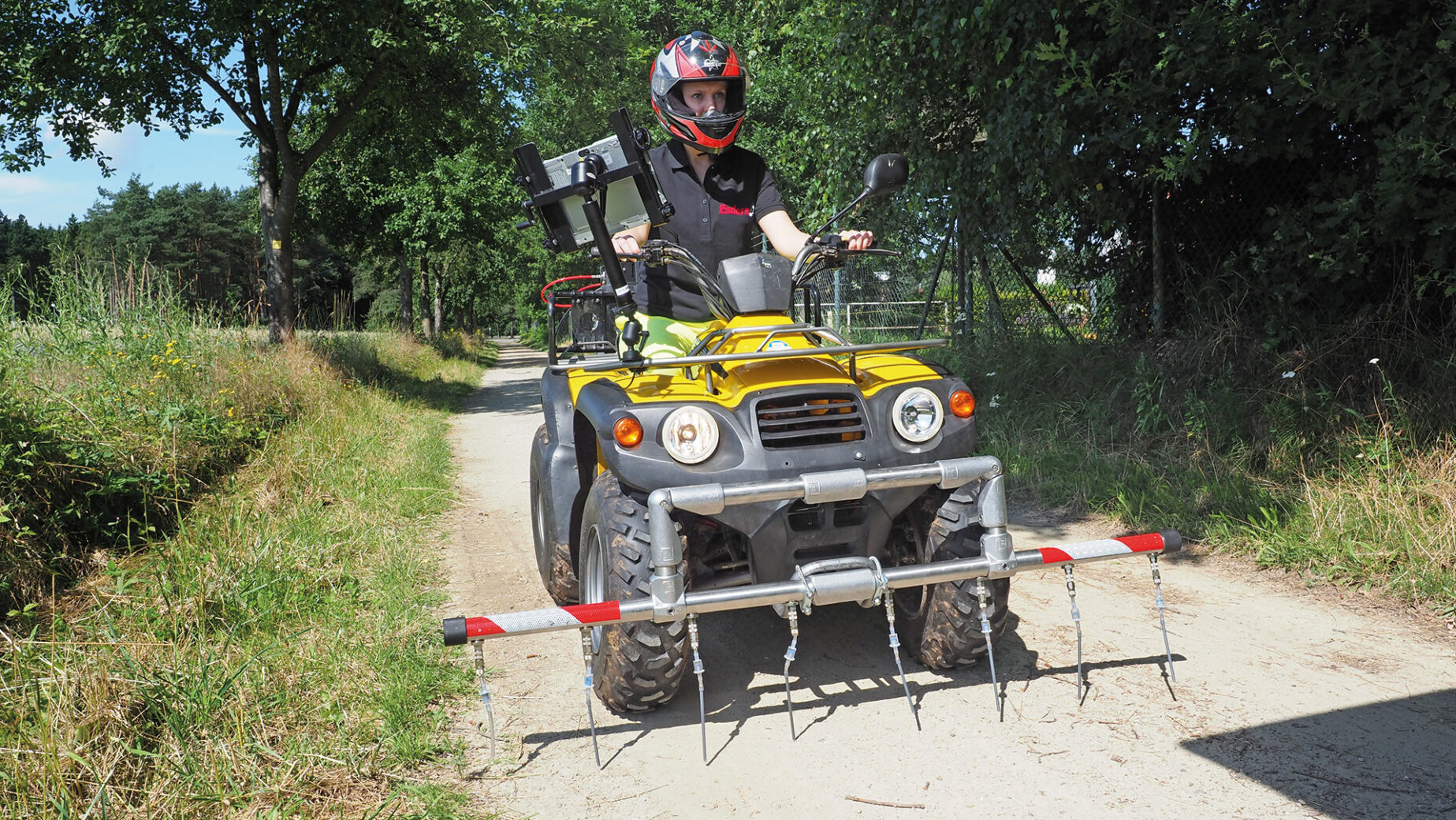
Quad
The quad is used with the Laser HUNTER in rough, extensive terrain.
Similar to the GasCar, the gas flow is sucked in via the separate pump unit in combination with an suction bar mounted on the front of the quad. All the necessary components are securely fastened to the quad so that nothing wobbles during the bumpy ride.
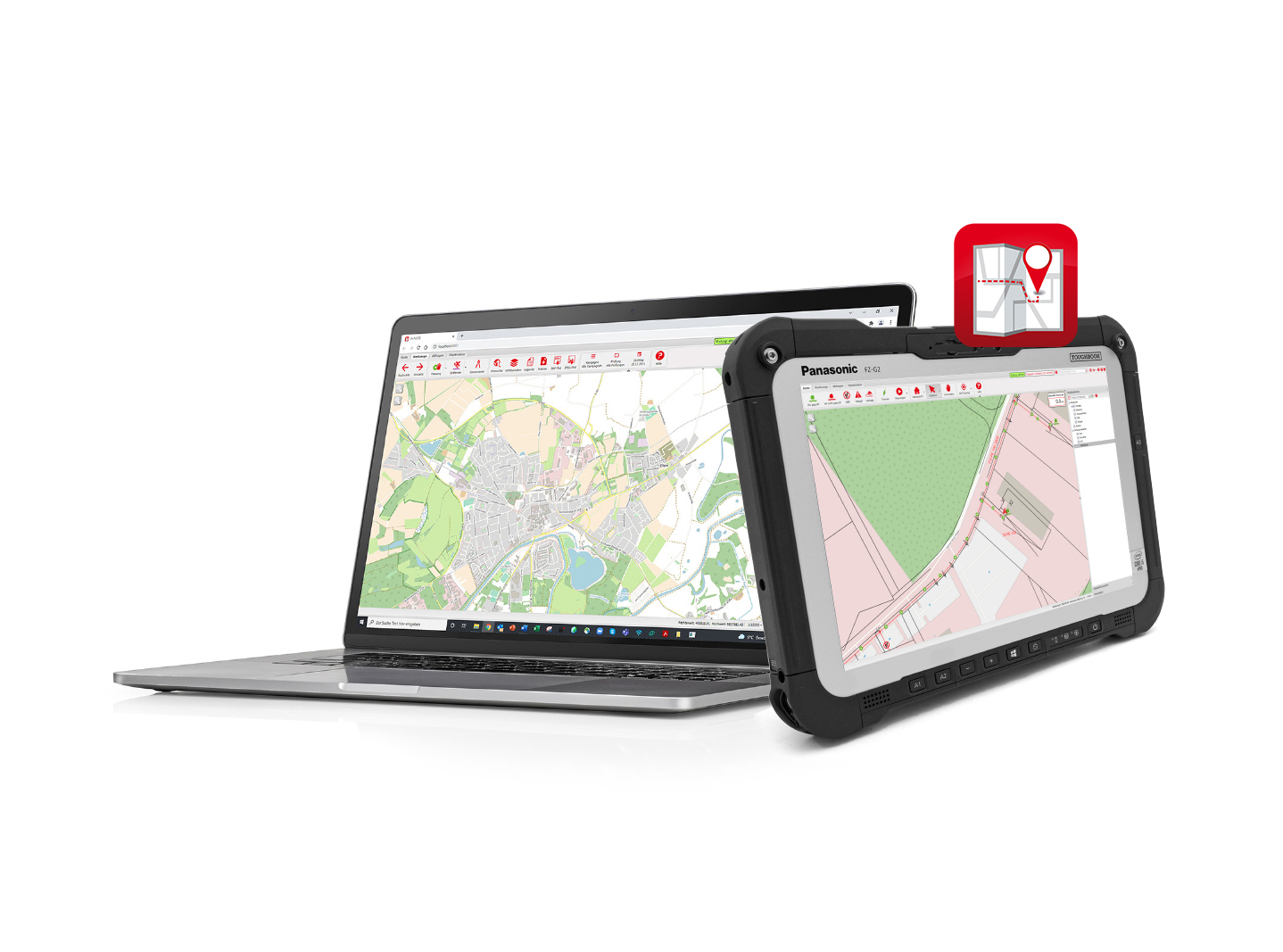
Esders Pi NOTE
The GIS Software for documentation offers a hands-on and simple way to collect, document and analyse data generated in the course of inspecting underground gas pipes according to German DVGW G 465. The mobile client is the Esders Pi NOTE application installed on the toughpad or notebook used for pipe network inspection. Depending on the variant of the modular system, the connection to the measuring device is made via USB or wireless data transfer, which enables continuous recording of gas concentrations.
More information can be found here.


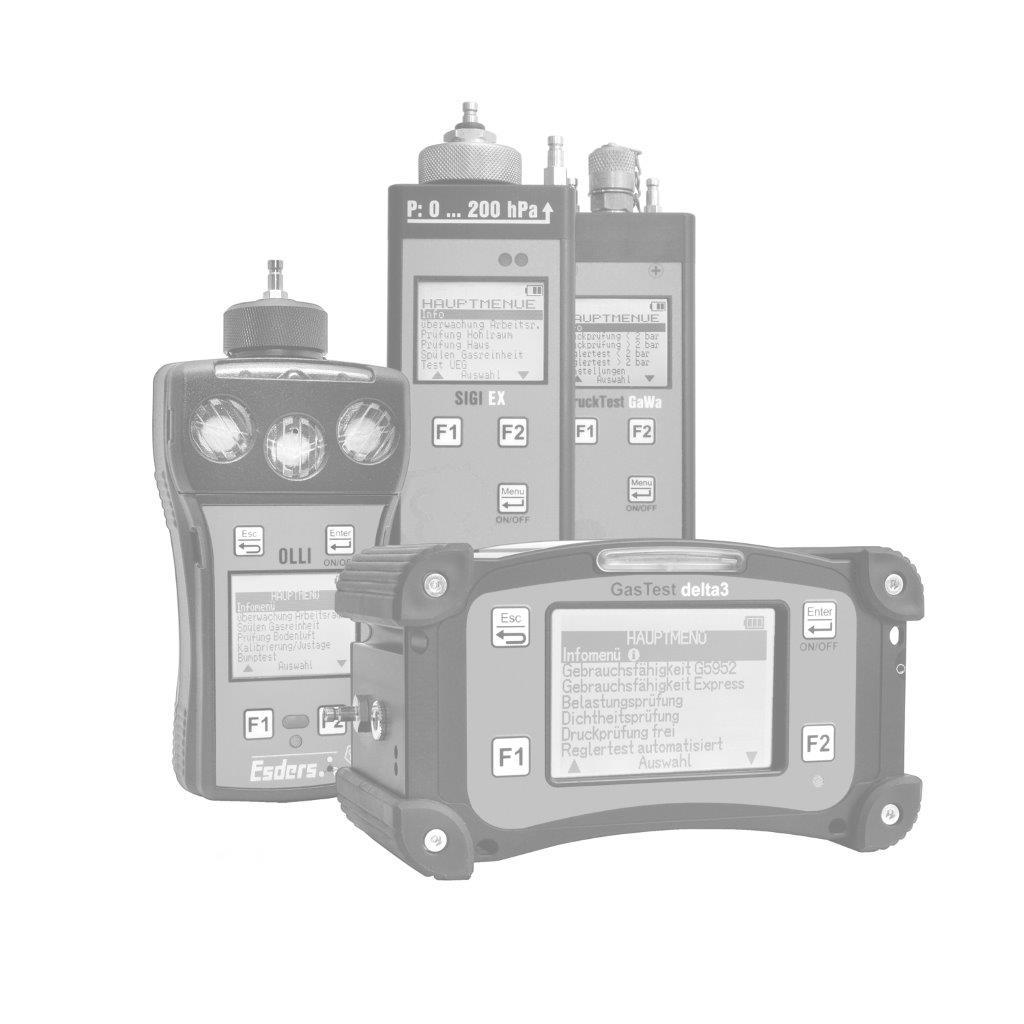.jpg?width=100)
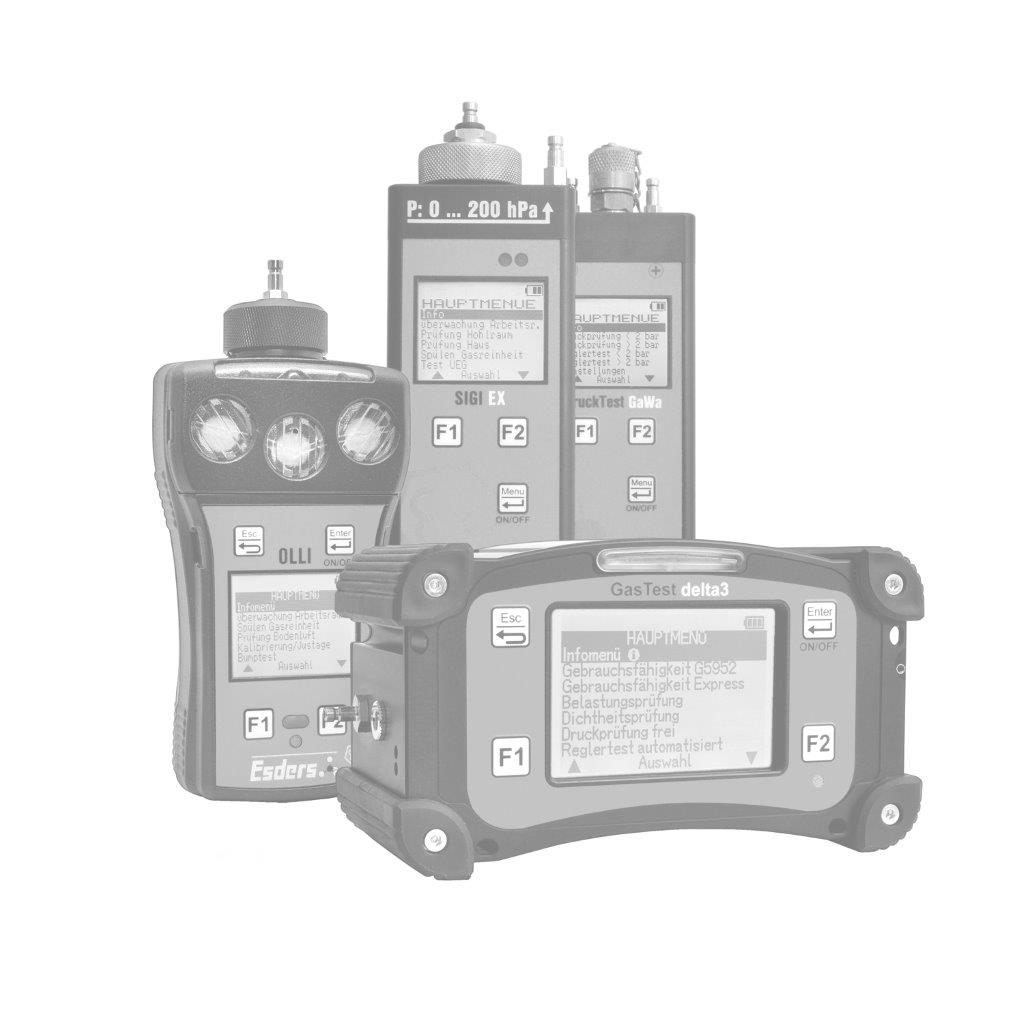.jpg?width=100)
.jpg?width=100)
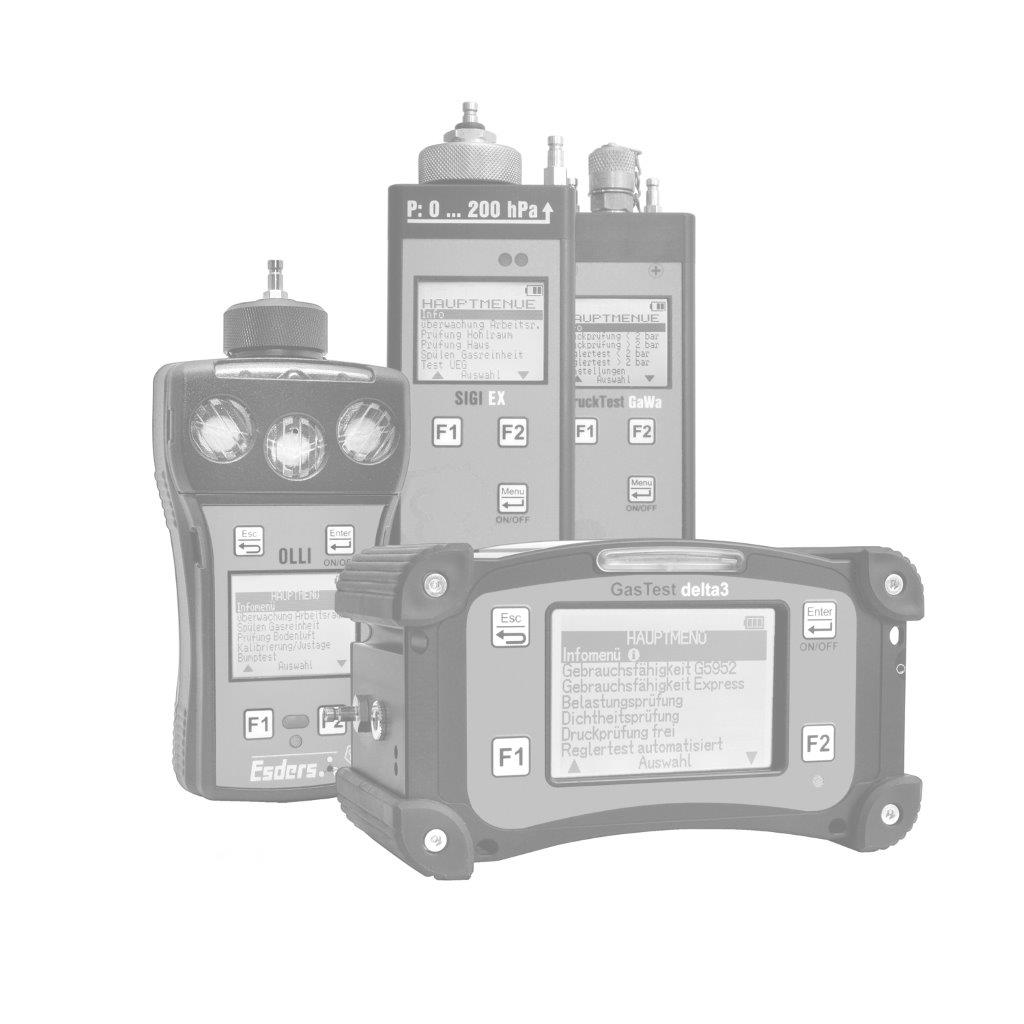.jpg?width=100)
.jpg?width=100)
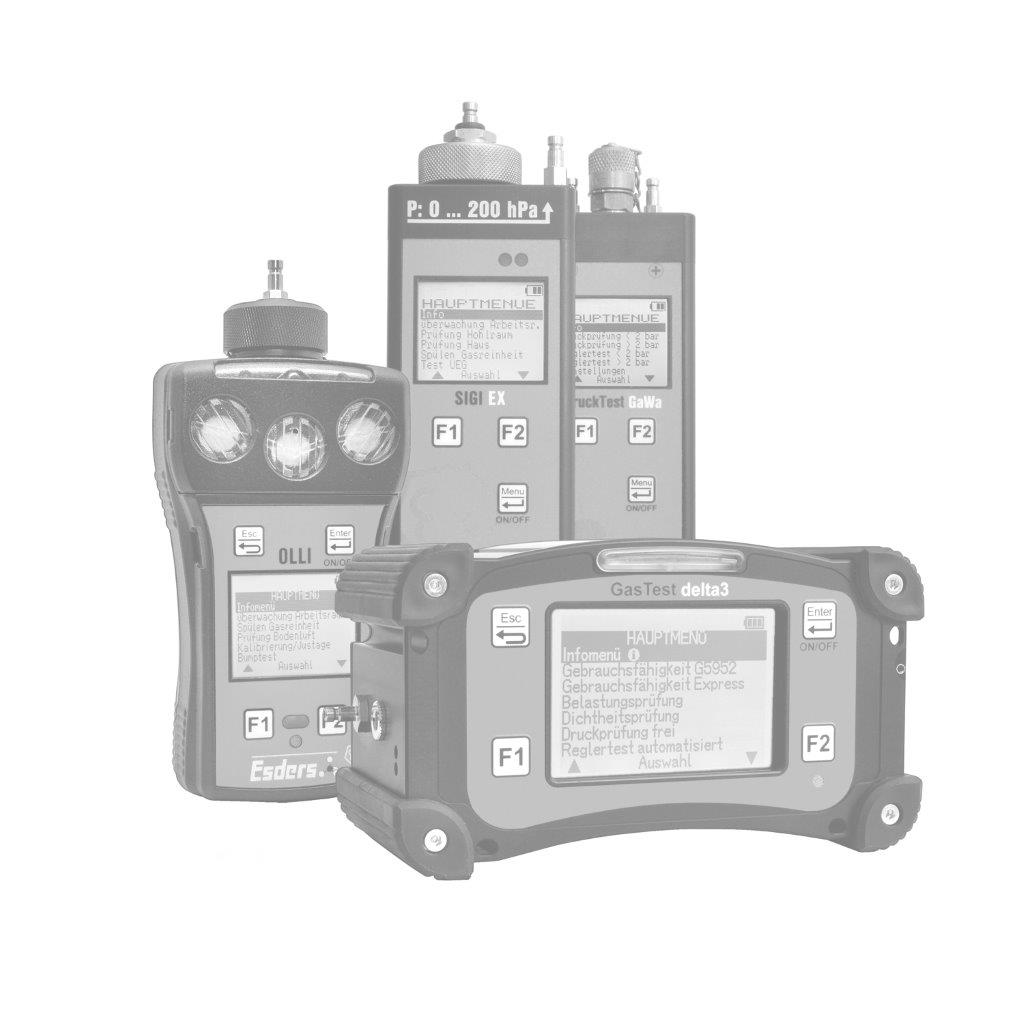.jpg?width=100)